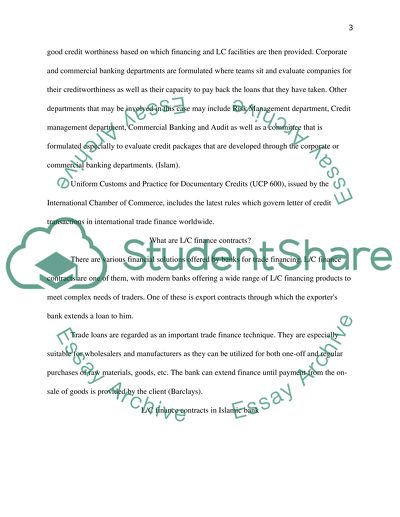Cite this document
(“LC Financing. Comparison between an Islamic and a conventional bank in Essay”, n.d.)
Retrieved from https://studentshare.org/finance-accounting/1395978-lc-financing-comparison-between-an-islamic-and-a-conventional-bank-in-qatar
Retrieved from https://studentshare.org/finance-accounting/1395978-lc-financing-comparison-between-an-islamic-and-a-conventional-bank-in-qatar
(LC Financing. Comparison Between an Islamic and a Conventional Bank in Essay)
https://studentshare.org/finance-accounting/1395978-lc-financing-comparison-between-an-islamic-and-a-conventional-bank-in-qatar.
https://studentshare.org/finance-accounting/1395978-lc-financing-comparison-between-an-islamic-and-a-conventional-bank-in-qatar.
“LC Financing. Comparison Between an Islamic and a Conventional Bank in Essay”, n.d. https://studentshare.org/finance-accounting/1395978-lc-financing-comparison-between-an-islamic-and-a-conventional-bank-in-qatar.


